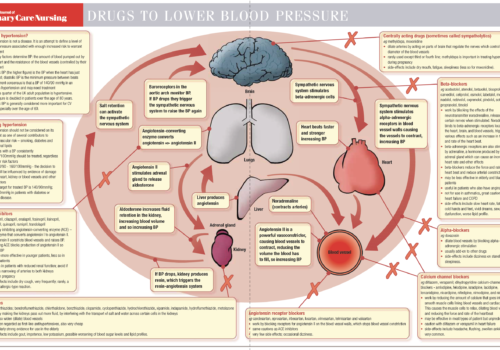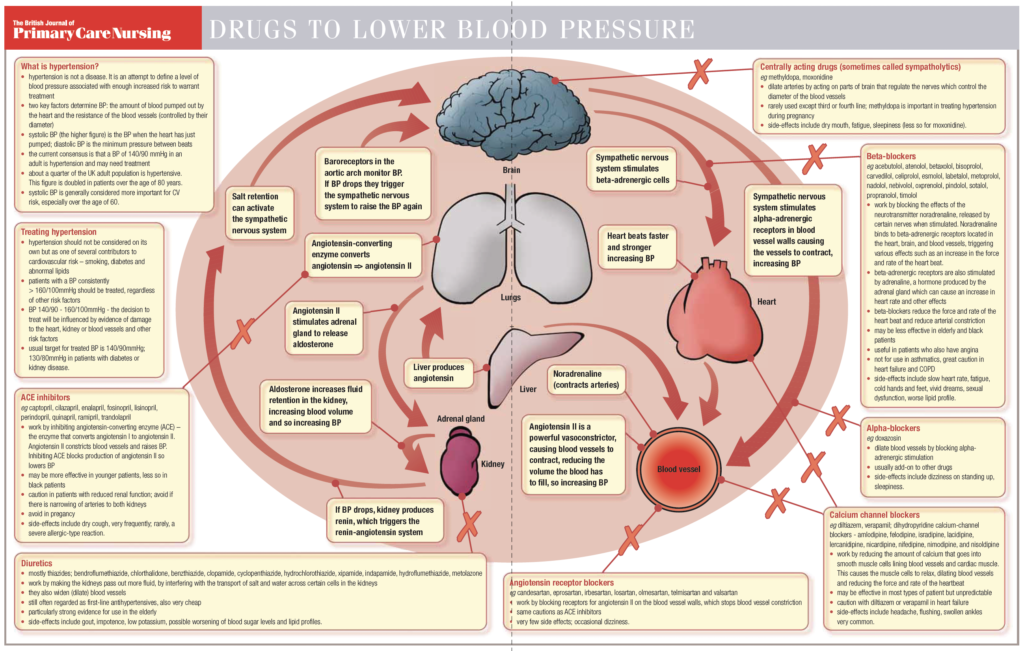
Scoring QOF points for stroke and TIA
In the fourth article in our series on the Quality and Outcomes Framework (QOF) we will look at stroke and transient ischaemic attack (TIA). This is an area that has probably been ignored in many practices with regard to secondary prevention. It was not included in any of the previous NSFs and there had been no targets to encourage evidence-based treatment in Primary Care, up until the arrival of the QOF.
Heart failure: out of the shadows – how big is the problem?
Heart failure has gradually emerged from the ‘shadows’ of cardiovascular medicine, to a condition that is now actively investigated, treated and monitored. Appropriate diagnosis and management of heart failure is rewarded in the GMS QOF points. In this article, we will briefly review the impact and causes of heart failure, and then explore how many patients with heart failure you can expect to have on your register and how many new cases you should be aiming to find each year.
Portion size: how much is enough?
The prevalence of obesity in the UK continues to rise. The Health Survey for England 2003 reported that nearly one in four (23%) of men and women were obese, compared to only 13% and 16%, respectively, in 1993. Obesity increases the risk of developing diseases such as diabetes, coronary heart disease (CHD) and some cancers, and can adversely affect the management of these conditions. So there is obviously a major incentive for primary healthcare professionals to support patients in dealing with this important risk factor. In this article, we look at the simple step of encouraging people to control the size of the portions of food that they eat.
Making sense of cardiac networks
The concept of networks – groups of different people working together – is not new, as health professionals have been working collaboratively for the benefit of patient care for many years. What is new is the formalising of clinical networks that focus on connecting teams and organisations to improve the patient pathway. The Department of Health considers that networks have a key role in delivering improvements to patient care as part of meeting the Planning and Performance Framework targets for heart disease. An ‘open culture’ is being promoted to embrace modern ways of working through teams and networks rather than hierarchies and formal systems. This article aims to update you on what’s going on in cardiac networks.
Unstable angina
Unstable angina describes a syndrome that is intermediate between stable angina and myocardial infarction: an accelerating or ‘crescendo’ pattern of chest pain that lasts longer than stable angina, occurs with less exertion or at rest, or is less responsive to medication. Unstable angina – like myocardial infarction – is an acute coronary syndrome (ACS), in contrast to stable angina, which is a chronic condition. It affects approximately six out of every 10,000 people. In this article, we review what causes unstable angina and how it should be diagnosed and treated.
24-hour ambulatory blood pressure monitoring
Ambulatory blood pressure monitoring (ABPM) is used widely in secondary care hypertension clinics, so what about its use in the primary care setting, where the majority of hypertension clinics take place? What are the potential benefits of ambulatory monitoring? Which patients should ABPM be used for? In this article we review the nuts and bolts of ABPM – when to use it, how to perform the test to obtain an accurate assessment of 24-hour BP and how to apply the results in clinical practice.
Measuring waist circumference will help target diabetes prevention
Primary care nurses can target efforts to prevent type 2 diabetes by measuring patients’ waist circumference, according to a new definition of metabolic syndrome announced recently by the International Diabetes Federation. The definition focuses on excess abdominal fat – which results in people being ‘apple’ shaped – as a key contributor to the development of the dangerous mix of impaired glucose control, hypertension and hyperlipidaemia that sets people on the road to type 2 diabetes. Just looking at people’s body shape as they come into the surgery, measuring their waist size and taking steps to reduce it where indicated, can help in the ongoing fight against the disease.
Hypertension: the big one for QOF points
In the third article in our series on the Quality and Outcomes Framework (QOF) we are reviewing how to score top marks for hypertension. This is probably the most difficult condition to treat to target but with careful attention to regular monitoring of patients with high blood pressure, treatment based on latest guidelines and careful recording of the outcomes of patient consultations, all practices should be able to gain points in this area.
Happy holidays for people with heart disease or diabetes
Patients with chronic conditions such as heart disease or diabetes need to plan carefully before travelling long distances and taking holidays. Lifestyle changes can have an important impact on disease control, but a bit of thought and preparation beforehand should ensure that your patients’ holidays are both happy and healthy.
Calculating cardiovascular risk score
How to score top marks for secondary prevention of coronary heart disease
In this second article in our series on the Quality and Outcome Framework (QOF), we will discuss how to maximise points in the secondary prevention of coronary heart disease (CHD) and heart failure. This will include lipid management and smoking cessation.





















